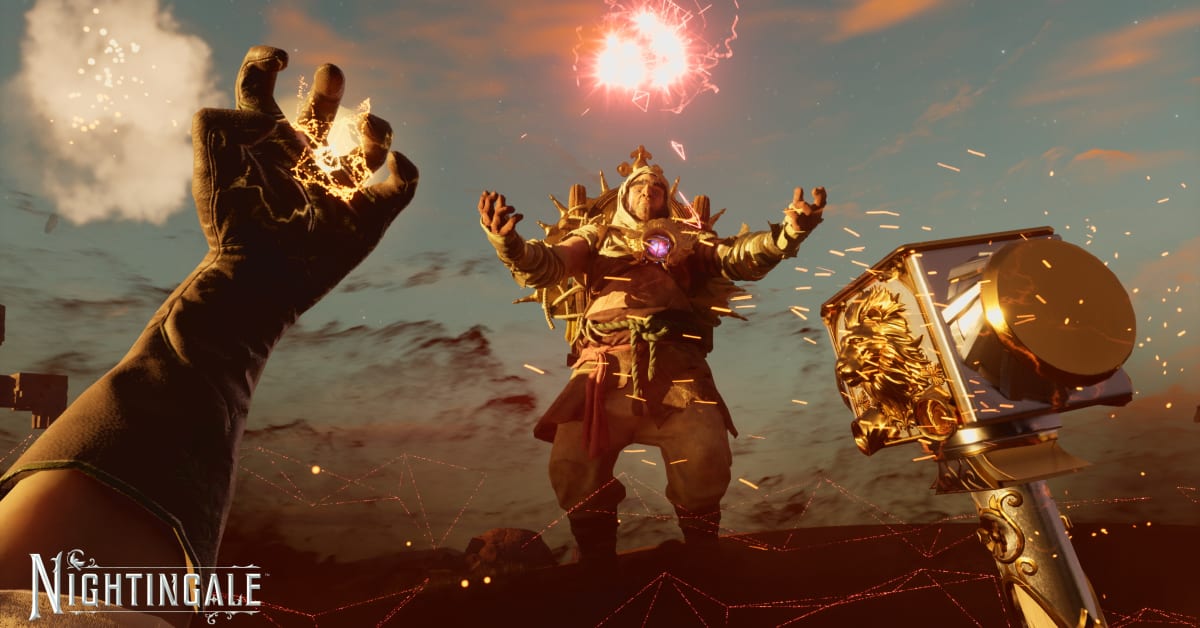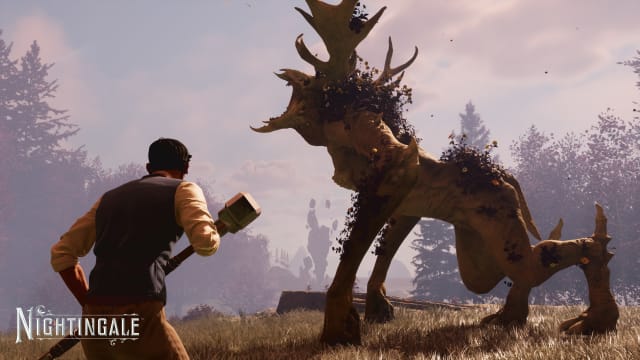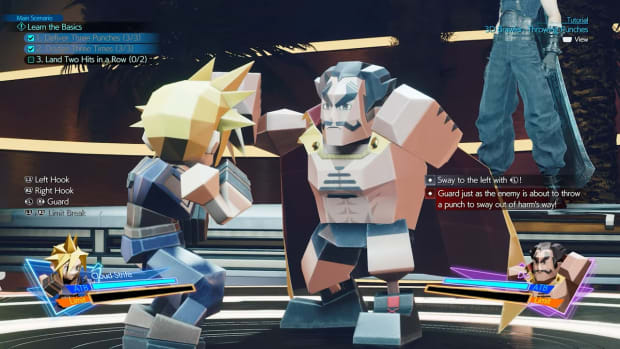
Uh oh, Nightingale has made me care about survival games again
I thought I was done picking up rocks and punching trees, but I will make an exception for Nightingale. The survival genre has become more saturated than a display TV at an electronics store – Steam is packed full of games where you have to manage a series of bars while collecting resources, and a lot of them, frankly, suck. Their worlds are drab and lack coherency, and the genre has few original ideas.
That’s why I’ll always shout to anyone who will listen about how brilliant Subnautica is. Sure, it’s a survival game, but the setting, story, and set pieces pull you into its underwater world. It’s a hostile place, but it’s a place you want to explore. Its siren song coerces you to delve deeper and see what resides in its depths. It makes me want to be a little fish guy. I’ve only played a few hours, but Nightingale has its hook in my mouth for similar reasons.
Set in an alt-history – filled with historical figures – Nightingale imagines a world where interdimensional creatures called the Fae showed themselves to humanity and altered our trajectory by introducing man to magic. The result is a gaslamp fantasy, which is like steampunk but with less focus on technology and more on the supernatural – and, you know, gas lamps.
You’re stranded in the Faewilds and forced to survive and eventually thrive. You might start the game picking up rocks and sticks, but you’ll be able to conjure fire from your fingertips by the end. You’ll be able to craft spells and potions that imbue you with superhuman speed, giving you godlike powers. You’ll have access to powerful firearms. But first, you have to master the world. Or should I say, worlds?
Nightingale’s biomes are distinct instances that you can travel to via portals, using a series of cards to set certain parameters. Before you ever travel to a new place outside of your relatively safe home space, you’ll know exactly what to expect on the other side. Need specific resources from the desert? Simply create a portal, choose a biome card, choose a major card to tweak the parameters of the biome, and go.
Once you’re in a new area, there are landmarks you can find that allow you to play minor cards that tweak the world state further. Add fog and lower gravity, or summon a blood moon that cracks the sky, paints it red, and strengthens the creatures – and the potential resources they drop upon defeat. It feels like everything you do has a big impact on the world around you.
The best use of portals is how playing with friends works. If you want to visit each other’s worlds, you can create a portal to their home base in your own home. Once activated and approved by the other player, you can step through the portal at any time – whether they’re online or offline – without having to fork out server costs. At the time of writing, there is no limit on how many friend portals you can have.
It helps that it’s stunning, too. Using the latest Unreal Engine tech, every area I visited in the playable demo looked gorgeous, from the lighting to the richness of the topography. In the forest, deer dart between trees, hunted by some strange velociraptor-kangaroos. Mosquitos dance through the air, and gilded monuments shimmer in the distance as their golden plates reflect the sunlight. Calm streams trickle through valleys, flanked by fields of vibrant flowers and water reeds swaying in the breeze.
You’re also surprisingly free to explore these spaces. Once you’ve built up the basics, you get access to an umbrella for gliding and climbing picks for, well, the clue’s in the name. Using a stamina management system similar to Breath of the Wild, you’re free to climb any surface so long as your character doesn’t gas out. I appreciate how the systems have clever interplay, too, like how exploring in the desert heat saps your stamina more quickly, but you can mitigate this by climbing in patches of shade. It means you have to think before you commit to a climb, which forces you to engage with the world.
Then there’s what the developers call the “parametric crafting system”, which imbues every resource with different parameters, allowing you to create items with intention – you know the likely result of your efforts before you waste your resources. It might be surprising for the first game from a team of BioWare veterans to be a survival crafting title, but they haven’t forgotten that interesting choices make for a better game. I’ve barely even dipped my toes in, but I’m excited to delve deeper into the Faewilds when Nightingale launches in early access for PC on February 20.







